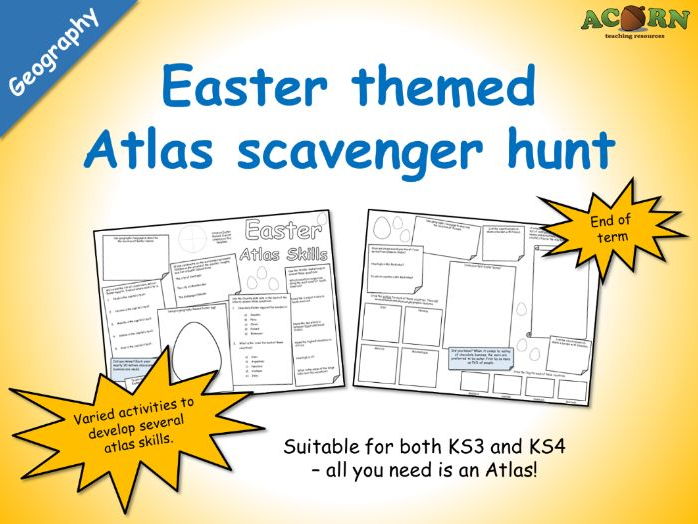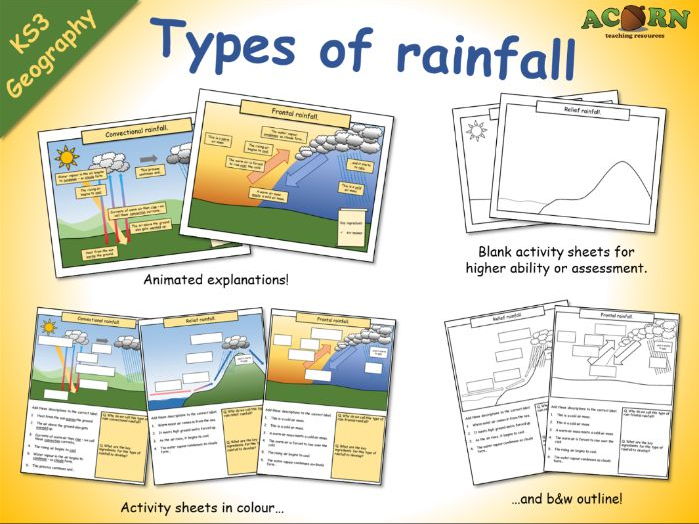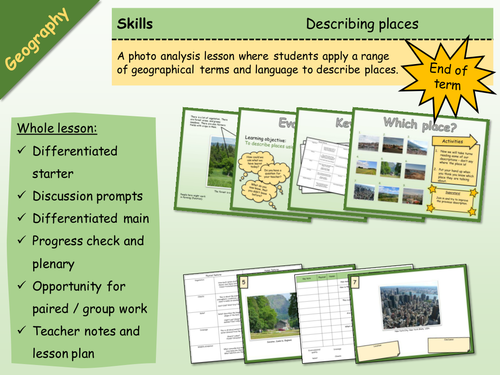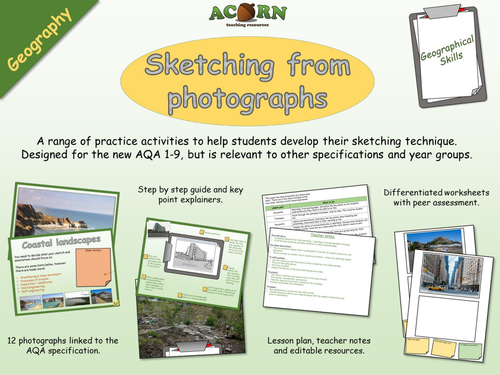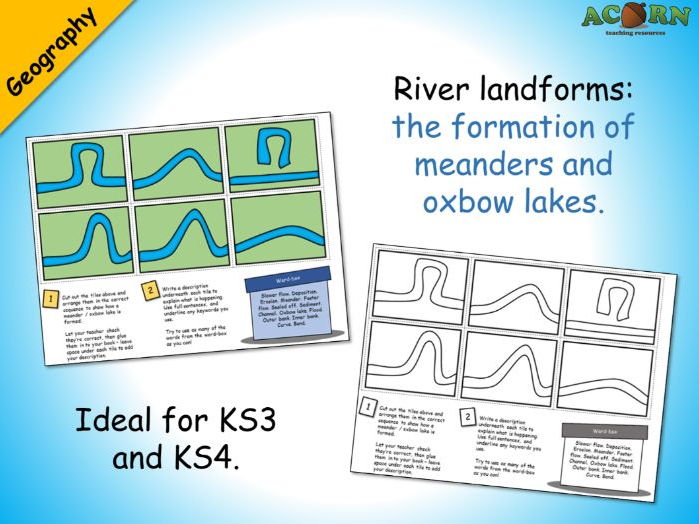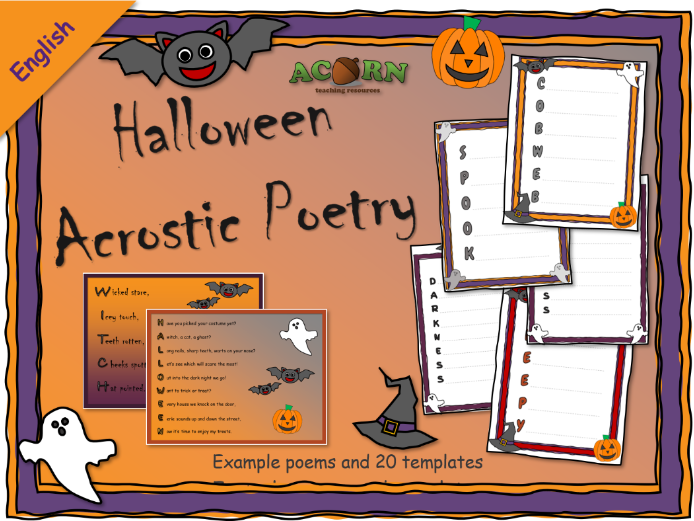103Uploads
138k+Views
51k+Downloads
All resources

Urban issues and challenges - The emergence of megacities
AQA GCSE Geography - Unit 2 Section A - Urban issues and challenges - The emergence of megacities
An activity packed and differentiated lesson teaching students about the characteristics of a megacity, their growth and their location. Included is a wide range of resources which can be applied in many ways.
Whole lesson > Key concept starter > Discussion prompts > Key ideas > Map/distribution activity > Graph skills > Photo analysis > Exam style questions > Class discussion > Learning evaluation > Summary activity > Homework > Lesson plan > Teacher notes > Fully resourced > Visually attractive and ready to teach!
The main aim is…
To teach students about the characteristics of a mega city, their location, their growth (and reasons for it)
To link to key concepts such as urbanisation and migration.
Make it clear ‘world cities’ share many of the same characteristics – it’s the population, the magic number, which makes it a mega city.
Statistics and population data vary. For example, Paris has a population a little over 2 million, however, in some figures a wider area is taken into account. Make this clear to the students. The emphasis should really be on the growth (the emergence) of megacities in NEE’s.
Key ideas and content…
Mega cities have a population of over 10 million people.
They have similar characteristics – similar to those of world cities.
Their emergence is mostly in Asia and more recently, Africa. There is a pattern!
The number of mega cities has grown significantly over the last 50 years.
Rural-urban migration and natural increase are driving rapid urbanisation in LIC/NEE’s.
To differentiate…
Several activities have been differentiated already – use sheets as appropriate.
Discuss and model the exam style questions.
Allow independent / group thinking time for the discussion.
Provide the key terms as a checklist when answering questions.
To extend…
Students can add information / data to the maps.
The data could be presented in different ways.
Actual examples can be added to the photo analysis activity.
Students could develop their own mark scheme for the exam style questions.
To assess…
Use the exam style questions as an assessment opportunity.
Assess the distribution description to assess distribution questions.

SEN English - Phonics - Split digraph i_e football board game
A board game designed to teach the split digraph e_e to older SEN students. The board game appeals to the interests of older students to make it more age appropriate. Used to teach phonics skills to older pupils who have missed key elements of phonics at an earlier age.
Board game:
Colourful design
Age appropriate
Two players
Assessment element
Teacher notes
Ideal for interventions

Whole lesson / Revision - Geography - AQA Geography A - Water on the Land
Whole lesson / Revision - Geography - AQA Geography A - Water on the Land
Long and cross profiles, erosion, transportation and deposition.
A revision lesson looking at - key idea: the shape of river valleys changes as rivers flow downstream due to the dominance of different processes.
Several activities which result in written work or annotated diagrams - perfect for revision!
Key points, diagrams and animations help explain / revisit learning.
Whole lesson: Snappy starter > Key points explained > Animated diagrams > Transportation poster > Literacy activity > Diagrams > Teacher notes / lesson plan > Fully resourced and ready to go!
All of our premium resources have received a 5/5* review as of 25th January 2017!
www.acornteachingresources.com

Geography - Natural hazards - Convection currents in the mantle
"Differentiated activity sheet to include as part of teaching how convection currents occur in the mantle. The end result is a colourful and sequenced diagram."
An activity requiring students to draw an annotated diagram to show how and why convection currents occur in the mantel.
The sheet has several activities built around this including; labeling the key features, adding arrows, explaining the processes, including a title and colouring it in.
There are three versions to suit higher, middle and lower ability groups / students.

KS3 Geography - Weather & Climate - How weather influences shopping
A range of activities allow students to develop their understanding about how the weather can influence what we buy and when.
Whole lesson:
Starter
Two main activities
Plenary
Homework
Discussion prompts
Teacher notes
All resources
Mixed activities (sorting, drawing, discussion and writing)

Features of squatter settlements - differentiated activities
Two differentiated activities to include as part of your teaching of squatter settlements.
A photo analysis activity
Develop understanding of squatter settlements
Practise photo annotation skills
A table activity to extend understanding
Make links to living conditions and effects on the lives of people living in squatter settlements.
Activity planning guide
Teacher notes

Geography - Living in squatter settlement - Activity sheets
Two activity sheets intended to be used as part of a lesson. The theme of the lesson should be along the lines of ‘Life in a squatter settlement’, and could be taught with KS3 or KS4 students.
Resource 1: the effects on peoples lives
The main aim is for students to appreciate how the conditions / characteristics of a squatter settlement affect people’s lives.
The task is for students to complete the sheet in a few different ways.
There are nine problems / effects associated with living in a squatter settlement. For each effect, they must list the associated problems, and for several, also draw the problem. Ask the students the question – how would this affect your life if you lived there? There will be some repetition.
There are three blank cards as well, these are intended for higher ability students, or for the teacher to edit so as to include a problem which may be appropriate to the theme of their teaching.
Higher ability students can cut the cards out afterwards and glue them in their exercise books – this is an opportunity to identify links between the problems. There are several, and the whole activity is very open ended. Students could also sort their ideas into social, political and economic – they could use three different colours and a key to show this.
There are some answers on the next sheet, although there are many more.
Resource 2: the informal economy of a squatter settlement
The main aim is for students to appreciate how people can earn money within a squatter settlement. The focus should be on how the work is informal and doesn’t contribute to the tax base / official figures. This kind of work can be contained within a squatter settlement, but not necessarily so. This is an opportunity to draw a strong link to rural-urban migration; how the residents are often uneducated and unskilled, but wanting and needing to work.
The task is simple, for each form of employment, the student must draw an appropriate illustration. Model for lower ability, ask higher ability to include speech bubbles, or some form of written communication. Use as an opportunity to clear up any misunderstanding about what each term means.
All reviews for our paid resources have been 5/5* (as of March 19th 2017)

Geography - Easter Atlas Skills (scavenger hunt activity sheet)
Geography - Easter Atlas Skills (scavenger hunt activity sheet)
A double sided worksheet intended to use with pairs and small groups - all they need is an Atlas or two. Teacher notes are included with some suggestions. Basically, they are required to use an Atlas in several ways to find out a range of information (some of which is linked to Easter). There are a few other activities on the sheet (such as design an Easter egg).
Great for end of term activities, and will work with KS3 and KS4 students.
All reviews for our premium products have been 5/5* (As of February 21st 2017).

Easter Acrostic Poems - examples and templates
- 3 Easter themed acrostic poems to use as examples / teaching elements.
- 5 Easter themed poem templates (also in black & white) for students to write their work up on (great for display).
Intended to be used as elements within, or as a full lesson.

Geography - Coasts - Erosion - Coastal Landforms
Three labelled PPT diagrams to include in a lesson, to help when teaching...
- Cliffs and wave cut platforms
- Caves, arches, stacks and stumps
- Headlands and bays
Three worksheets to help students learn or demonstrate understanding. The worksheets have several tasks to help the students complete the diagram and link it to the processes of erosion.
As of the 20th January, every single review we've had for a premium resource has been 5/5*

Types of rainfall (animations and activity sheets)
Types of rainfall (animations and activity sheets)
These are lesson elements intended to be used in the teaching of weather/climate and types of rainfall.
- Three colourful animations to introduce / teach convectional, frontal and relief rainfall.
- Three activity sheets with diagrams / written work.
- Three outline activity sheets which can be used with higher ability students, or to assess.
All reviews for our premium resources have been 5/5 (As of February 20th 2017)

Geography - Map skills - Direction
Geography - Map skills - Direction
A complete lesson with a range of activities and resources aimed at teaching students how to use direction as a geographical skill. Students will apply the skill in several different ways as well as develop their spatial understanding of Europe.
Complete lesson > thoroughly resourced and ready to teach > snappy starter > explainers > SPaG activity > practise questions > varied map activities > peer assessment > summary activity > teacher notes > lesson plan > lesson evaluation > homework
The main aim is…
For students to learn / apply skills in describing direction.
To develop a spatial understanding of Europe.
Key ideas and content…
There are 8 points to the compass (as far as we’re concerned for today anyway)
We use direction to describe location / journeying.
Direction can be used by many different people in different situations.
To differentiate…
Students could take turns doing the countries / cities activities and then swap to help each other.
One student in a pair could have the map or atlas and act as an expert.
Pair up students when doing the map work.
To extend…
Use an OS map of the local area, Google Earth, an Atlas or online mapping to explore places.
Use the homework template and a local map / online mapping to explore geographical features in the local area (using direction obviously).
Certainly use the CYO task and encourage students to think about how they can test understanding / get students to apply map skills beyond simply describing.
To assess…
The road trip / CYO activity is the main assessment point.
Class discussion and the summary activity will also show progress and allow you to assess understanding.

English - Poetry - Spring Senses Poetry - Whole lesson
Another theme from our Senses Poem lessons. Fully resourced and ready to go!
Our Autumn Senses poem was featured by the TES in their blog and received a 5* review.
All reviews for our paid products have been 5/5 (As of February 22nd 2017).
A whole lesson to support students in planning and composing their own Spring senses poem. Differentiated resources and a range of activities to support all learners.
This is a large lesson and could be taught over several sessions. The end result can be used for display work.
Whole lesson:
Starter including example poem
Differentiated writing frames
Shared writing activity
Peer feedback opportunity
Teacher notes / lesson plan
Poetic devices explainers / practise
Photo stimuli
Display frames
Created by Acorn Teaching Resources - www.acornteachingresources.com

Geography - Skills - Describing Places
A big lesson with lots of opportunity for differentiation and engagement, as well as paired or group work.
Basically, students learn how to describe places, and then apply this skill. It would work well as a skills building lesson in KS3, or as an end of term type lesson with either KS3 or KS4.
There are differentiated resources for lower and higher, and a number of ways in which the activities could be undertaken (which are in the lesson plan). There are teacher notes and a lesson plan. The activities are clear, and there are Superstar extension activities.
---
The main aim is…
This is a big lesson which could be used as an end of term activity, or as a skills building lesson.
Students either learn or develop their geographical terminology and then apply / demonstrate using photos of actual places.
Key ideas and content…
We can describe places using geographical language.
It is more effective to use the correct key terms and descriptive language.
To differentiate…
Pass the sheets round on a timer, with the challenge of either adding more key terms or improving existing ones.
Stick the sheets on the wall around the room, give each student a different key term to look for. Students go round the room.
Insist on certain terms being applied.
To extend…
Insist on a description of features which aren’t necessarily visible.
Students find their own photos and analyse them.
Peer assessment.
There are some tricky terms in the key terms activity, use to stretch students.
To assess…
Discussion points.
The work produced.
Peer assessment opportunity.

Geography - the causes of flooding worksheet
A simple activity to be included with teaching about the causes of flooding.
Students read the descriptions and draw a diagram for each one.
Ideal for lower ability groups.

Geography - Geographical skills - Sketching (field and from photos)
A range of practice activities to help students develop their sketching technique. Designed for the new AQA 1-9, but is relevant to other specifications and year groups.
The lesson would be particularly useful to a GCSE group before they do their fieldwork, and will also be suitable for a KS3 class.
There are also detailed 'key points' so students understand why they need to know how to sketch, and what technique makes it effective. On top of the field sketching there is a focus on application of key terms.
The lesson has a range of visual resources, all relevant to the new 1-9 GCSE.
A free wallchart is available to download at https://www.tes.com/teaching-resource/geography-geographical-skills-sketching-wall-display-11486949
The main aim is…
To develop and practice field sketching / sketching from photographs technique.
To effectively annotate and label sketches to show understanding.
Key ideas and content…
This is a practical lesson which would benefit from lots of student interaction and discussion.
There are links to content, but it would work without – solely as a sketching lesson.
To differentiate…
Use the resources with the picture above a blank box for weaker groups.
Focus on the same photos.
Print the checklist.
Display the photos on the board and discuss as a class.
To extend…
This lesson could be used several times in the same format.
The teacher can add their own photos.
Take the class on a local visit to practice the technique.
Provide word banks for annotations.
To assess…
Peer assessment is woven into the main activity.
Teacher should be able to see visual progress with the quality of sketching and level of annotations.
All reviews for our premium resources have been 5/5 (as of 17th January 2017)
www.acornteachingresources.com

Geography - Meanders and oxbow lakes activity
Ideal for KS3 and KS4. Could be used to teach or consolidate.
Six tiles are jumbled up on the sheet - the students need to cut these out and arrange them in the correct sequence. The next task is to write a description underneath each tile - there is a word-box to help the students explain each stage. Prior knowledge / understanding will be needed to complete.
Could be used as a mystery – see if students can work out why the oxbow lake formed before you explain.
Two version are included; one in colour and one in outline black & white.
Every review we've had for a premium resource has been 5/5* (As of February 21st 2017)

Whole English lesson - Christmas Senses Poetry
Another theme from our Senses Poem lessons.
Our Autumn Senses poem was featured by TES in their blog and received a 5* review.
All reviews for our paid products have been 5/5 (As of December 7th 2016).
A whole lesson to support students in planning and composing their own Christmas senses poem. Differentiated resources and a range of activities to support all learners.
Whole lesson:
Starter including example poems
Differentiated writing frames
Photo stimuli
Shared writing activity
Writing frame with display border
Peer feedback opportunity
Teacher notes / lesson plan
Great for end of term!

Geography - Design an Easter Egg (with a geographical theme)
End of term group activity to design an Easter egg with a geographical theme.
Will work as one lesson (with only the design proposal sheet completed) or two lessons (with completed designs on the templates).
Competitive element.
The group worksheet also has a 'Things we now know' to show progress'.
The teams have to work together to research and design an Easter egg with a geographical theme, this could be a place, landmark or something they've learned in lesson (more options given in lesson).
All resources are included. There is a pin board style slide to leave on the screen.
Laptops and atlases aren't essential, but will certainly help with the research (one per group).
www.acornteachingresources.com
All reviews for our paid products have been 5/5 (As of January 15th 2017).

Halloween acrostic poetry
Halloween acrostic poetry!
Included are 4 examples, 3 differentiated word mats and 20 templates (all in colour or B&W outline). There are also several completely blank templates.
These will make for excellent end of term work / display work.
www.acornteachingresources.com








